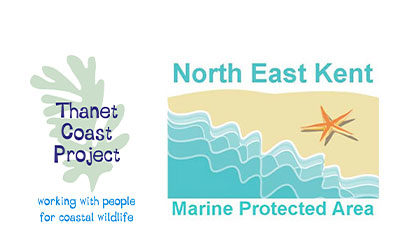Thanet Coast MCZ
The Thanet Coast MCZ was designated on 21 November 2013 under the Marine and Coastal Access Act 2009, as part of a network of new national marine protected areas.
The Thanet Coast MCZ covers an area of 6,279ha from the mean high water down to cover an area of subtidal chalk from Ramsgate (in the southeast) up around Thanet to Herne Bay (in the northeast). It has a number of designated features, including:
- Blue mussel beds, Mytilus edulis
- Moderate energy circalittoral rock
- Moderate energy infralittoral rock
- Peat and clay exposures
- Ross worm reefs, Sabellaria spinulosa
- St John’s jellyfish, Lucernariopsis cruxmelitensis
- Subtidal chalk
- Subtidal coarse sediment
- Subtidal mixed sediments
- Subtidal sand
The Thanet Coast MCZ protects several varied habitats and important associated species within its boundaries – which is also covered by existing international designations: Special Area of Conservation (SAC), Special Protection Area (SPA), and the national Site of Special Scientific Interest (SSSI).
The Thanet coast has the second largest unbroken stretch of chalk reef in the UK, which offers up a large area of intertidal and subtidal habitats, including chalk caves that are home to unique algal species. The diverse substrates – ranging from sand, coarse sediments to chalk rock, support marine life – including rare stalked jellyfish (St John’s jellyfish).
The conservation objectives of the protected habitats are to maintain them in favourable condition, or be brought into favourable condition, if they are not already.
Further information:

